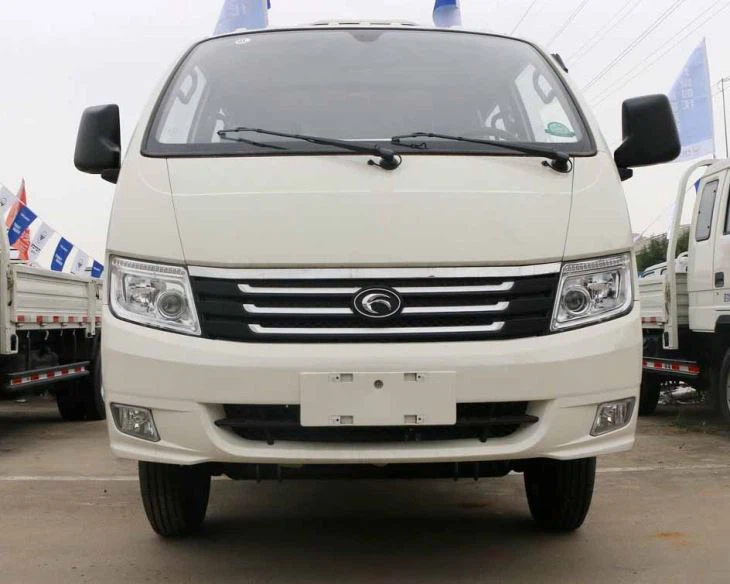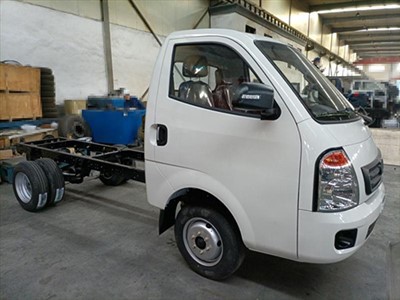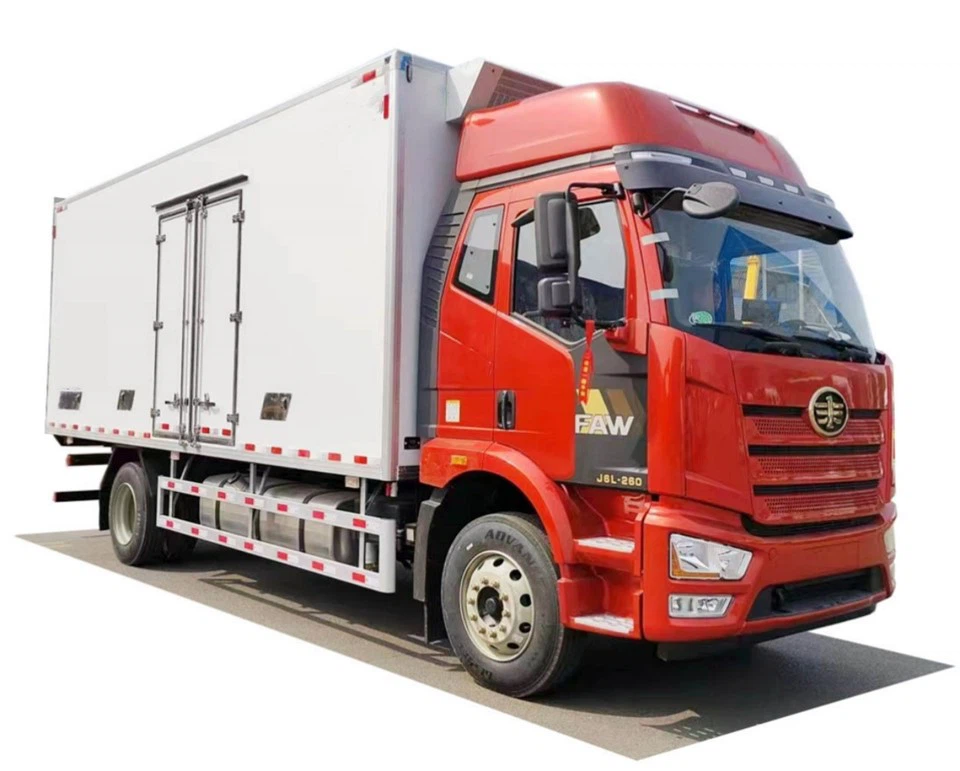Automotive Manufacturing History: A Comprehensive Overview

Introduction
The automotive manufacturing industry has undergone remarkable transformations since its inception in the late 19th century. This article delves into the rich history of automotive manufacturing, tracing its evolution from the earliest vehicles to the modern era of electric and autonomous cars. We will explore key milestones, technological innovations, influential figures, and the socio-economic impacts of the automotive sector. Whether you are an industry enthusiast or just curious about how cars are made, this comprehensive guide offers insights into the fascinating journey of automotive manufacturing.
The Birth of the Automobile
Early Innovations (1769-1885)
The origins of the automobile can be traced back to the late 18th century. The first steam-powered vehicle was created by Nicolas-Joseph Cugnot in 1769. However, automobiles as we know them didn’t emerge until the invention of the internal combustion engine. Karl Benz invented the Benz Patent-Motorwagen in 1885, which is widely recognized as the first true automobile powered by an internal combustion engine.
Pioneers of the Automotive Industry
Other notable early pioneers include:
- Gottlieb Daimler: Co-founded Daimler-Motoren-Gesellschaft and developed an early high-speed gasoline engine.
- Henry Ford: Revolutionized assembly line production, significantly lowering the cost of manufacturing.
- Charles and Frank Duryea: Built the first gasoline-powered vehicle in the United States in 1893.
The Rise of Mass Production
The Ford Model T (1908)
The release of the Ford Model T in 1908 marked a turning point in automotive history. Priced affordably, it became the first car mass-produced using assembly line techniques, allowing for faster production and lower costs.
Impact on Society
The introduction of the Model T changed American culture dramatically, enabling greater mobility and the rise of suburban life. By 1918, half of all cars in the U.S. were Model Ts.
Global Expansion of the Automotive Industry
International Manufacturers Emerge
The success of U.S. manufacturers spurred global competition. European automakers such as Peugeot, Citroën, and Fiat started to gain traction, while Japanese companies like Toyota and Nissan would later emerge in the mid-20th century.
The Birth of Luxury Brands

The early 20th century also saw the emergence of luxury automotive brands. Manufacturers such as Rolls-Royce and Cadillac positioned themselves as symbols of wealth and status, innovating with advanced engineering and design.
Technological Innovations of the 20th Century
Safety Features and Emissions Standards
As car production ramped up, concerns over safety and environmental impact led to significant regulatory changes. The introduction of seat belts in the 1960s and emission standards in the 1970s shaped modern automotive design.
Advancements in Manufacturing Techniques
More efficient manufacturing methods emerged, including robotics and computer-aided design (CAD). These innovations reduced production time and improved vehicle quality.
The Japanese Automotive Revolution
Lean Manufacturing and the Birth of Kaizen
In the 1970s, Japanese automakers adopted lean manufacturing principles, focusing on waste reduction and continuous improvement—a methodology known as Kaizen. This produced more efficient factories and high-quality vehicles, leading to a significant market shift.
Notable Companies
Companies such as Toyota, Honda, and Nissan not only captured significant shares of the global market but also influenced manufacturing practices worldwide.
Challenges in the Automotive Industry
The Oil Crises of the 1970s

The oil crises in the 1970s prompted a major shift in consumer preferences toward fuel-efficient vehicles. American manufacturers had to adapt quickly to the changing landscape.
Economic Recession and the 2008 Financial Crisis
The 2008 financial crisis severely impacted the automotive sector, leading to bankruptcies and bailouts. General Motors and Chrysler required government assistance to survive, while many foreign automakers thrived due to their more agile business models.
The Future of Automotive Manufacturing
The Rise of Electric Vehicles (EVs)
In recent years, the automotive industry has witnessed a significant shift toward electric vehicles. Companies like Tesla pioneered this change, leading more traditional manufacturers to invest heavily in EV technology.
Autonomous Vehicles
The development of autonomous vehicles is another major advancement. Companies such as Waymo and Uber are at the forefront of this technology, focusing on creating safe and reliable self-driving systems.

Environmental and Social Considerations
Sustainable Manufacturing Practices
With growing concerns over climate change, manufacturers are adopting sustainable practices, including recycling materials and reducing emissions during production.
The Impact on Employment
While automation and technological advancements improve efficiency, they also raise questions about the future of jobs in the automotive industry. Training programs are crucial to equip workers with the necessary skills for the evolving job landscape.
FAQs
What was the first mass-produced car?
The Ford Model T, released in 1908, is widely regarded as the first mass-produced car in the automotive industry.
How did the assembly line change automotive manufacturing?
The assembly line introduced by Henry Ford allowed for faster production rates and reduced the cost of vehicles, making cars accessible to a broader audience.
What are the major trends in automotive manufacturing today?
Key trends include the rise of electric vehicles, advancements in autonomous driving technology, and sustainable manufacturing practices.
What challenges does the automotive industry face today?
The automotive industry faces challenges such as managing supply chain disruptions, adapting to new technologies, and meeting changing consumer demands.
How has globalization affected the automotive industry?
Globalization has led to increased competition, allowing companies to source materials and labor from various countries, ultimately impacting pricing and production strategies.
What is Kaizen, and how does it relate to automotive manufacturing?
Kaizen is a Japanese philosophy that emphasizes continuous improvement and efficiency. It was adopted widely in the automotive sector, particularly by Japanese manufacturers, to enhance production processes.
